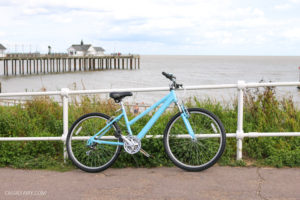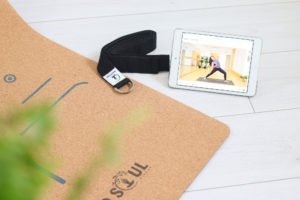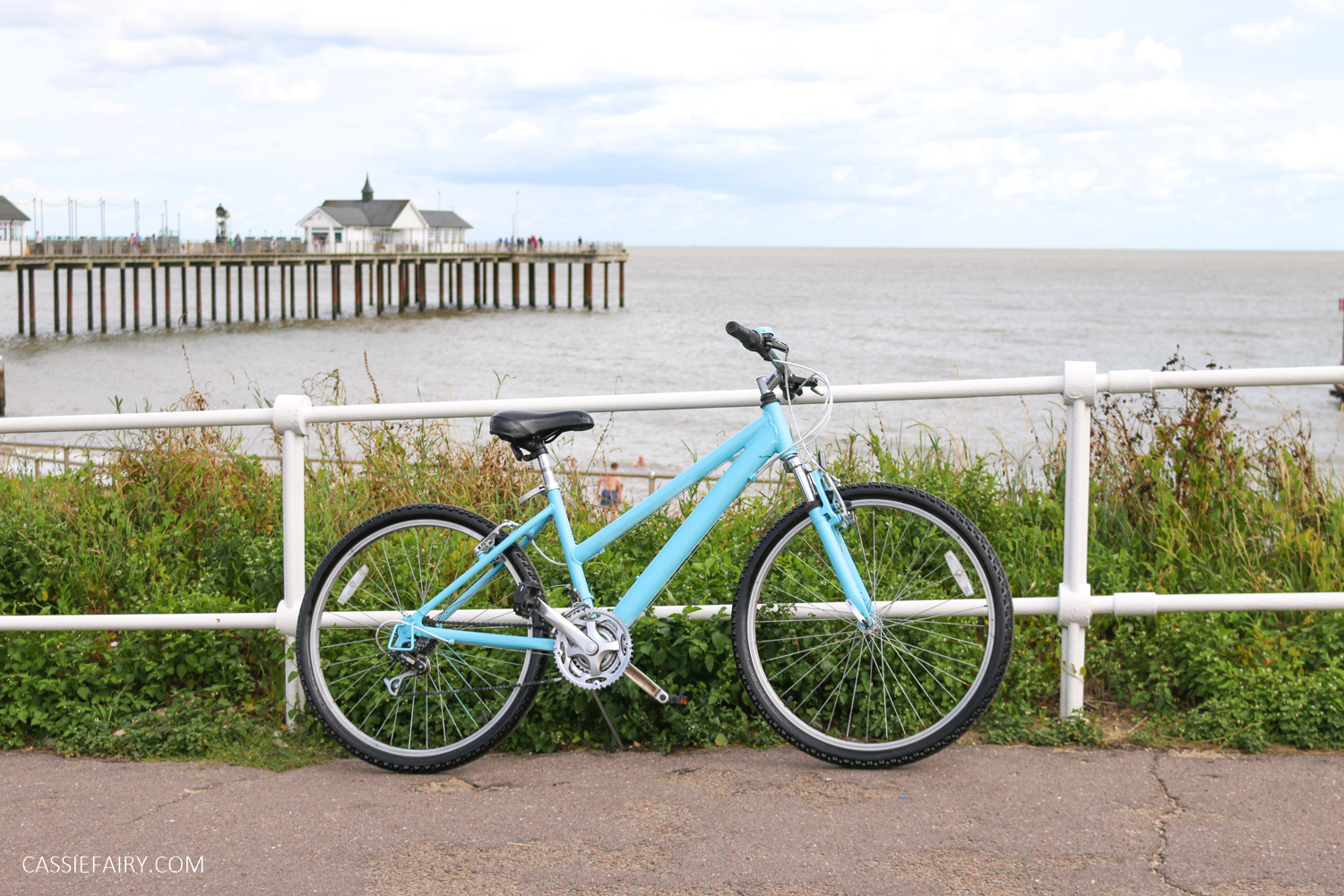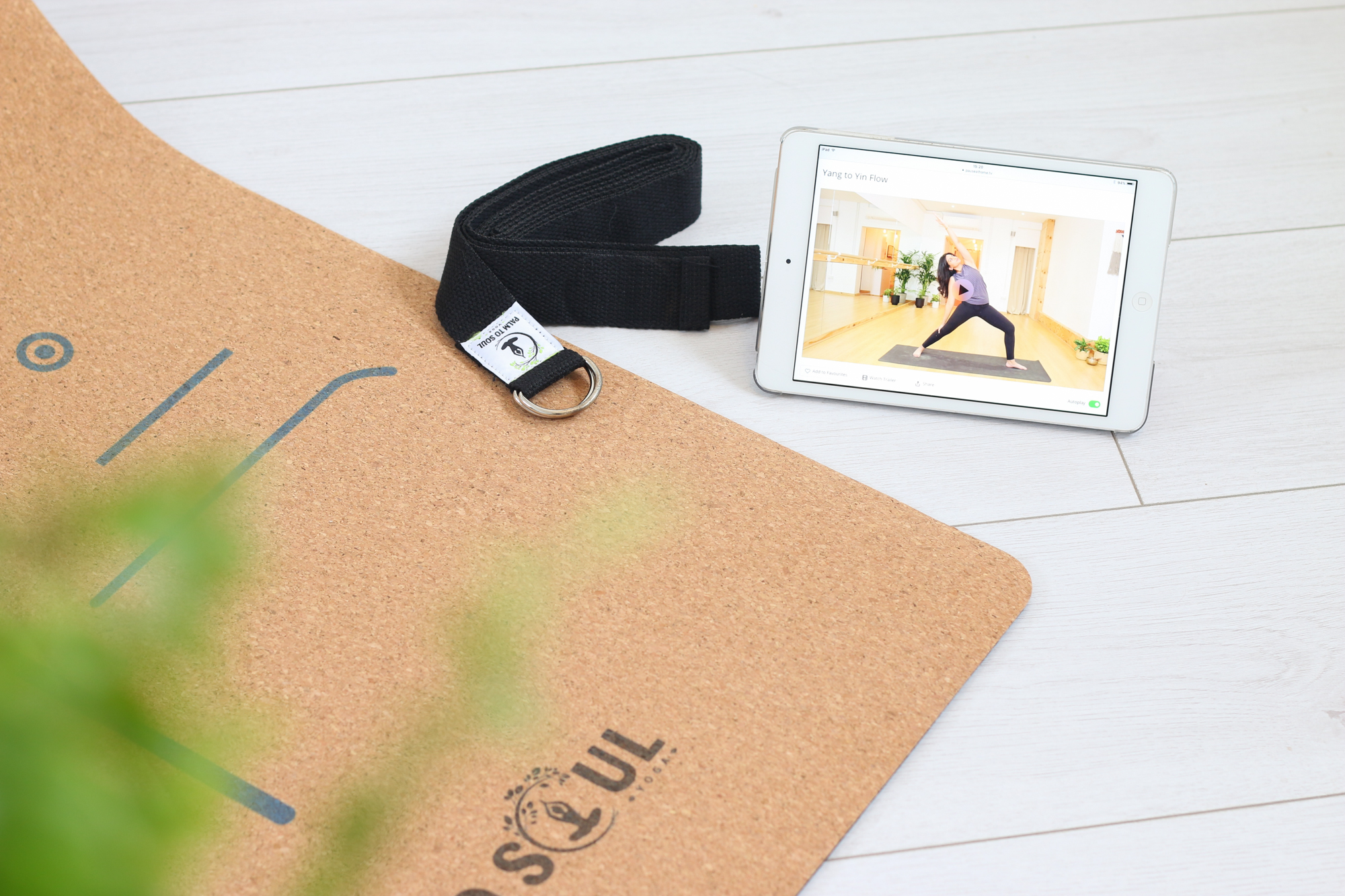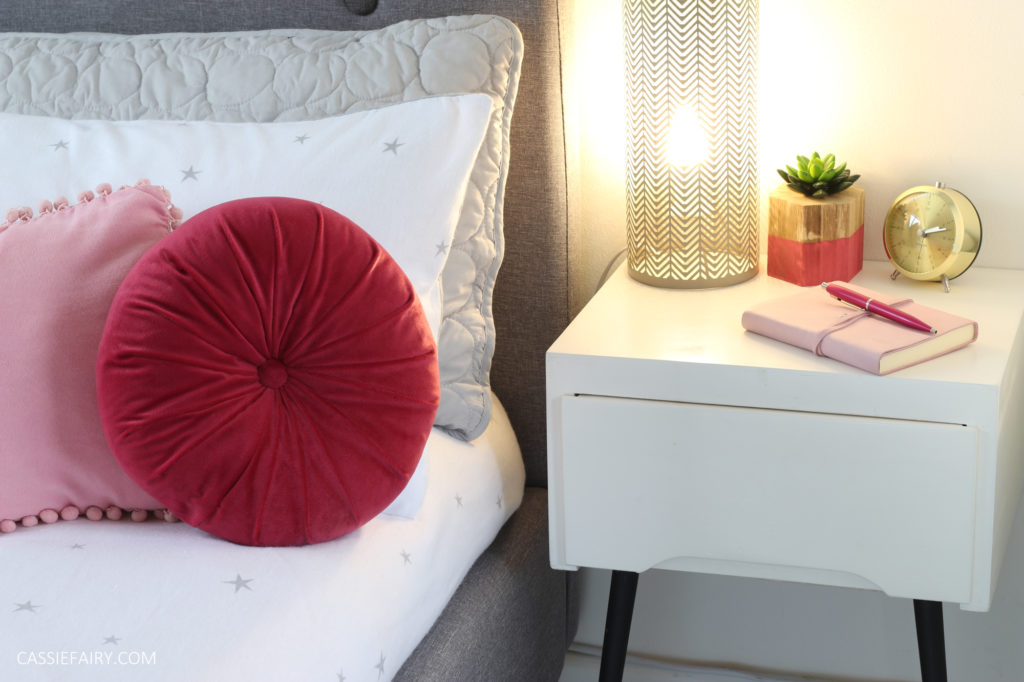
I don’t know about you, but I’ve personally found it particularly difficult to stay energised this winter. It could be down to the darker days, the colder weather and therefore generally feeling lacklustre about everything – but it can also be about your inner energy levels.
For example, some days you may bounce out of bed (whatever the season or weather) but on other days it may feel a real struggle. And sometimes, it’s difficult to just get through the day – have you ever felt an afternoon slump? That time of day when you feel like you need a caffeine hit or a sugary boost just to get through it?
And have you found yourself going to bed earlier in the winter? And not just because it’s dark outside, but because you almost don’t have the energy to drag yourself upstairs to bed?
That’s exactly how I’ve been feeling so I decided to do some research into ways to boost my energy levels throughout the day and (you won’t be surprised to hear) it all starts with getting good quality sleep. BUT that’s not all – in fact, most elements of maintaining energy levels are inter-connected so I’m going to share my own personal tips to get energy levels back on track and I hope they’ll help you too.
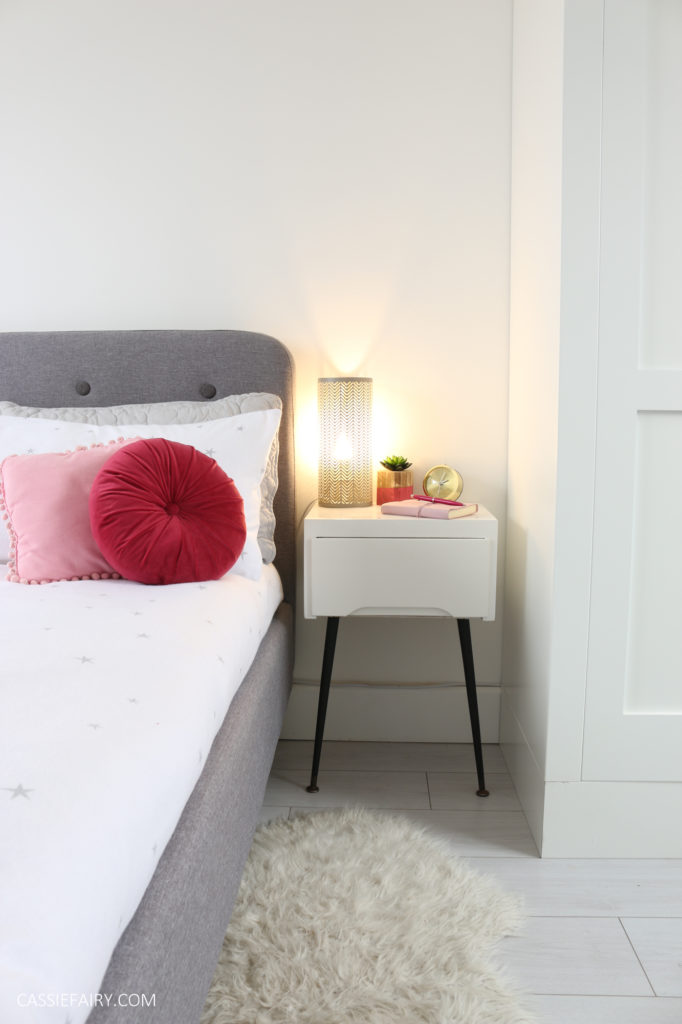
Start with sleep
So, without quality sleep, our bodies and minds aren’t well rested so we’re less refreshed when we wake up. You may think you’re getting a full night’s sleep, but it’s about the quality and depth of sleep you’re getting, not just the duration. So, how can we get the perfect night’s sleep?
I’ve already shared plenty of tips for your bedtime routine so be sure to check out that blog post too, but I won’t repeat those tips here, otherwise this will be the longest article ever!
Let’s simply start with the bed. It needs to be comfortable and your body needs to feel relaxed within it – and definitely not fighting against it. My mattress is getting rather old now and we’ve got indents where we sleep, so the internal structure isn’t as supportive as it once was and was causing me to wake up with stiffness and lower back pain.
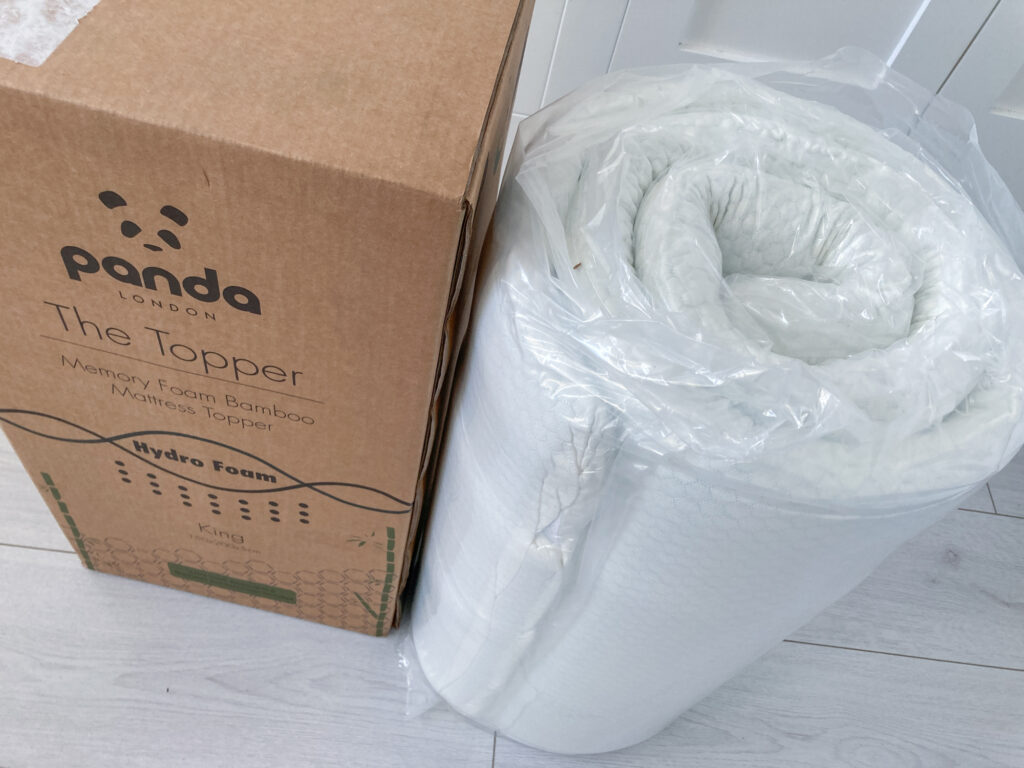
Although I didn’t have the budget for a replacement, I found that adding a memory foam topper made all the difference and transformed my existing mattress into, basically, a new bed. It was like sinking down into a cloud and my body felt perfectly supported, so no more aching lower back when I woke up. And the breathable bamboo finish and gel-infused interior helped to keep my body cool during sleep.
The trouble with many older mattresses is that they don’t have the ability to prevent overheating as you sleep, and being too hot can definitely disturb your sleep patterns. You’ll find yourself tossing and turning if the room and the bed are too hot. I’m not saying you should be shivering with cold – but newer hybrid mattresses are made from breathable materials that optimise airflow and provide orthopaedic support so that you won’t be disturbed by varying temperatures.
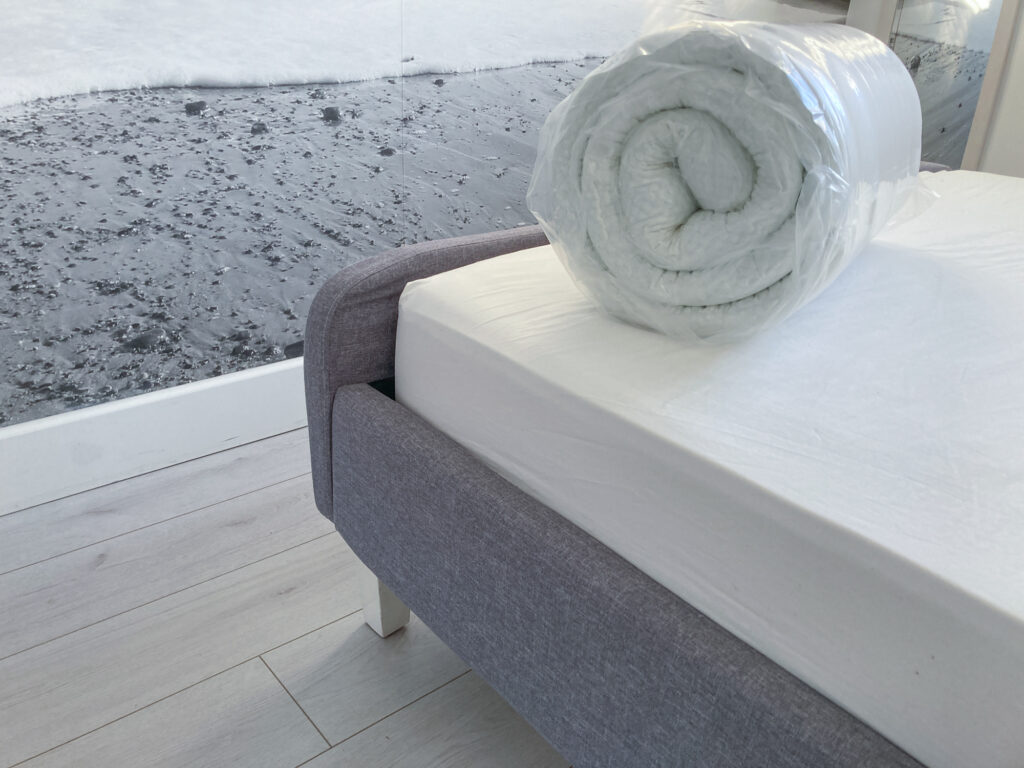
Plus, another thing I’ve discovered with using the memory foam topper is that, if you’re sleeping in a bed with another person, the memory foam seems to absorb the impact of any movements they make during the night. So that means you’re not being disturbed by someone else rolling over or getting in and out of bed. You’ll barely notice it – especially compared to the super-springy bed we’ve got in the spare room that twangs every time you move!
By the way, one thing I always do – almost all year round – is wear socks in bed. Keeping your feet warm is an easy way to make sure you drop off to sleep and stay cosy all night long. I use Gentle Grip socks so the fabric doesn’t leave an elastic mark on my ankles and they feel really soft when I pull them on at night.
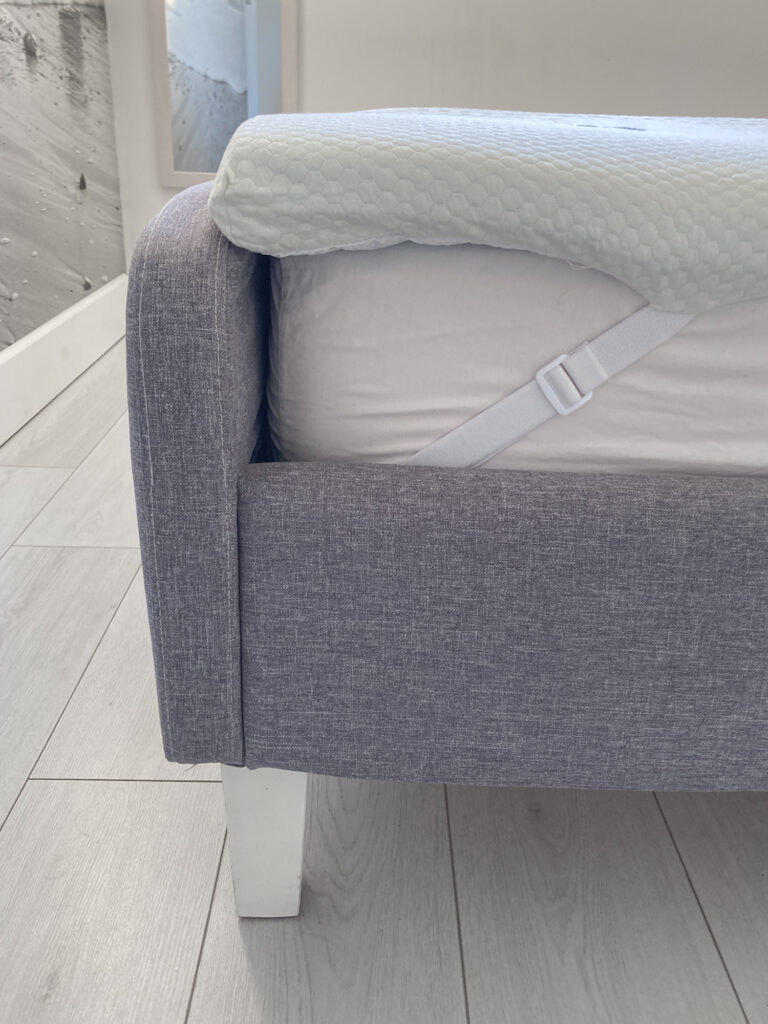
Boosting energy during the day
Once you’ve woken up after a perfect night’s sleep, you’ll hopefully find it easier to get out of bed and start your day. Do you usually reach straight for a cup of coffee or tea? If so, don’t!
I always knew that having caffeine too late in the day would keep me awake and affect my sleep, so I usually have my last caffeinated drink of the day at lunchtime. That’s definitely something you should consider if you have trouble getting to sleep.
BUT another important thing to consider with caffeine is that you shouldn’t have it too early in the day either. I’ve only recently learnt from The Huberman Lab that having caffeine when you wake up interrupts the natural lowering of adenosine in our systems. Briefly, adenosine is the thing that makes us feel sleepy, so levels of adenosine in the body get lower after a good night’s sleep and continue to be reduced throughout the day until bedtime when it increases.
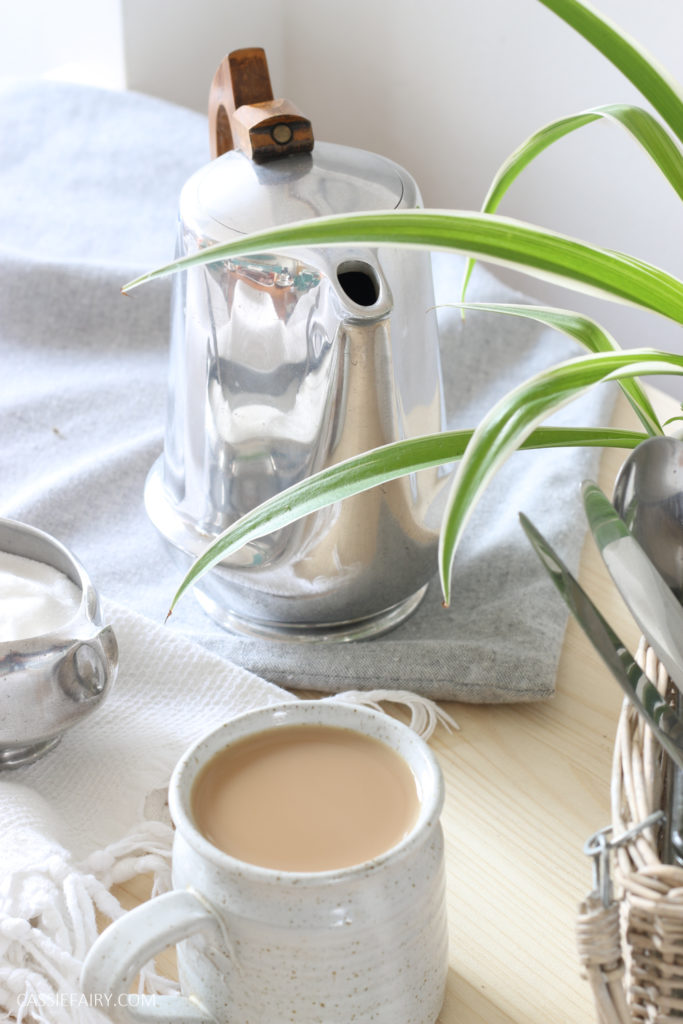
So, when you have a coffee or tea first thing in the morning, the adenosine levels aren’t yet at their lowest. So, when the caffeine wears off in the afternoon, you’ll have more adenosine in your system than is ideal, and that sleepiness will come straight back. It’s that classic mid-afternoon crash!
Dr Huberman recommends waiting 1.5-2 hours after waking before having that first cup of caffeine. I’ve tried it out over the past week and omg it actually makes a difference. Instead of my first tea being a caffeinated tea, I go for a naturally caffeine-free mint tea with breakfast and then switch to my usual caffeine tea after that, and decaf tea in the afternoon.
I know it sounds like it would make it more difficult to get up and get going in the morning without a big cup of coffee but it honestly made a difference to me and I didn’t think it would. So maybe it’s worth a try? You can always have that coffee after an hour and a half has passed and I bet you’ll need less coffee to get through the afternoon!
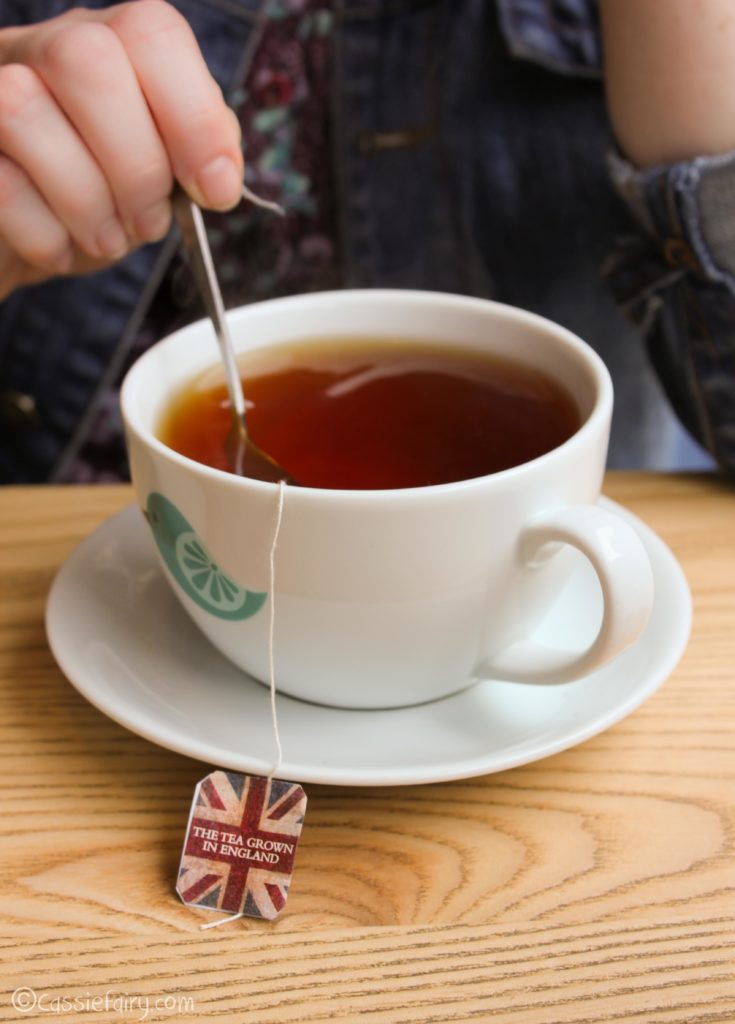
Move your body
It seems counterintuitive to expend energy to gain energy but it really does help. Even if I don’t feel at all up to moving my body, I know that going for a walk, having a dance or doing some yoga will help me to gain a little boost of energy afterwards.
You don’t need any special equipment to be able to exercise at home, you can simply do some bodyweight workouts to strengthen your muscles and improve your mobility. With inverted rows, wall walks, step-ups and bridges, the weight of your own body provides enough resistance needed to give you a great session.
For a long time, I didn’t have the energy to be able to get moving in the afternoon/evening but making that change to my early morning caffeine intake actually gave me enough energy to get active later in the day. It’s enough to allow me to progress my bodyweight exercises to include strengthening movements like planks, push-ups and squats.
Plus, if you have trouble getting to sleep, it might be because you’ve not worn yourself out enough during the day! I’m not being cheeky, and I know how it’s possible to feel exhausted but still have too much energy in my body to get to sleep. So, just try doing some gentle movement or a little physical activity to use up any excess energy (possibly coming from caffeine) and hopefully you’ll be more likely to drift off to sleep at bedtime.
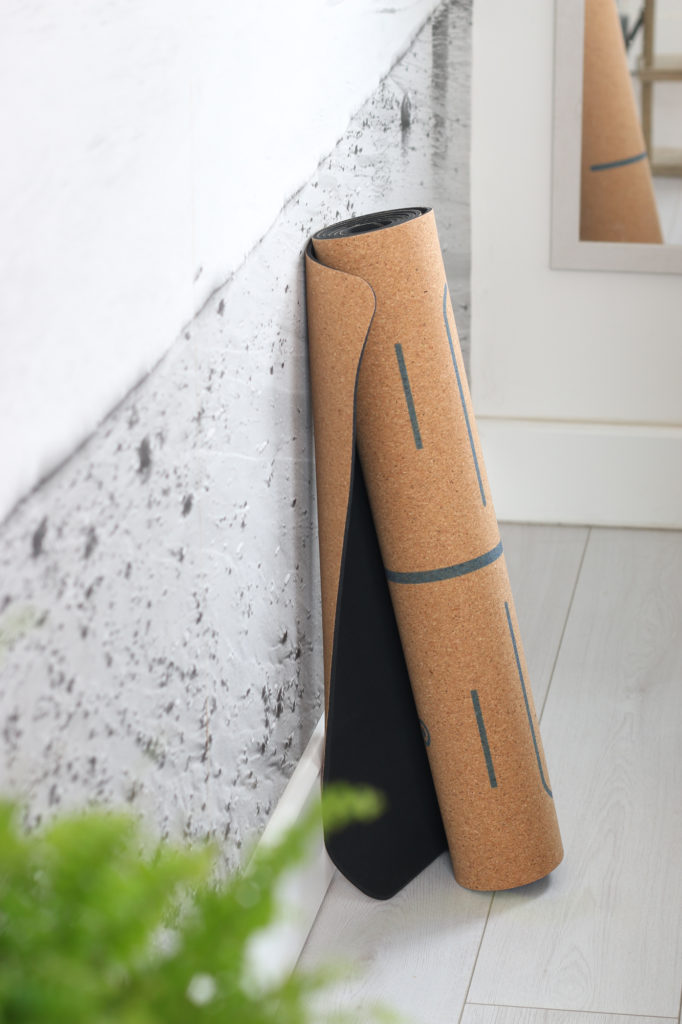
I hope my own personal experiences of getting good sleep and boosting my energy levels will help you too. It’s amazing how some small changes can make a big difference throughout the day. And I’d love to hear your own energy hacks so please leave your tips in the comments below. Thanks! 🙂
Pin it for later
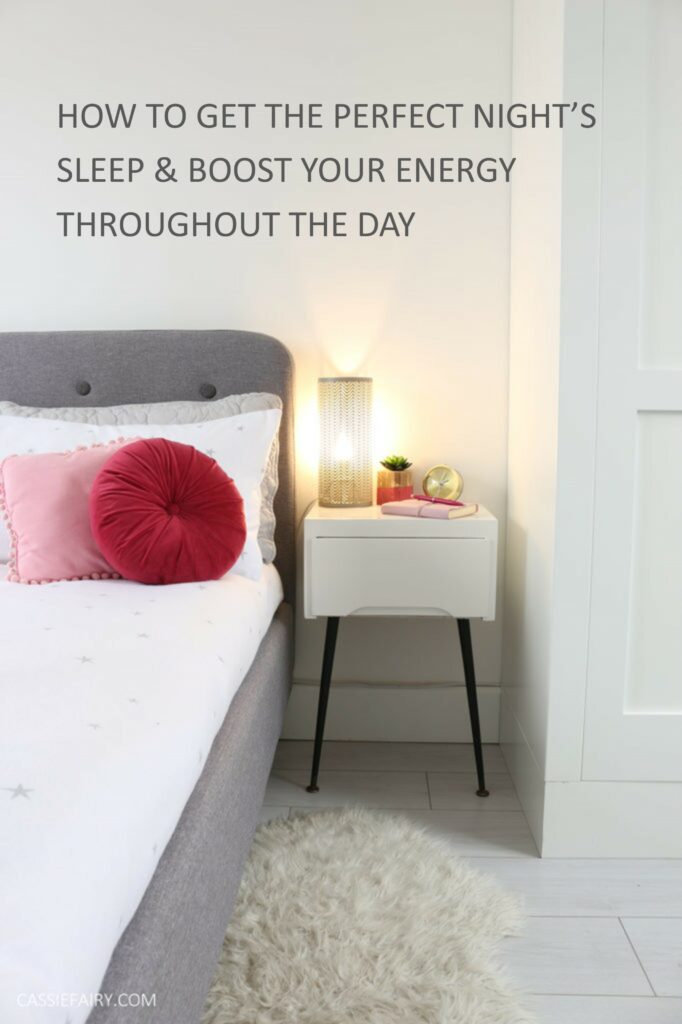
This post was featured by Twinkl in their Sleep Blog
This article is a sponsored collaboration. The pink links in the content indicate a sponsored link or information source. The blog post reflects my own experience and the sponsor hasn’t had any control over my content 🙂







